With FIPFG technology (Formed-In-Place-Foam-Gasket), the sealing foam is created seamlessly, precisely, without tools and can be precisely dosed.
endin sealing foam with FIPFG seal
With our FOAMPLY and MIXAPLY foaming systems , 1- and 2-component foam materials made of polyurethane, silicone, etc. can be applied as form-in-place gaskets (known as FIPG or FPIFG), even in 3D. With foaming, the foam seal is created in place – freely dispensable, securely adhering, and contour-accurate.
In some cases, plasma pretreatment or the use of a primer is necessary for optimal adhesion to the substrate. For this purpose, we use a specially developed and particularly efficient primer application technique.

sealing foams
Endin recommends the use of a single-component foam system in most cases, which significantly simplifies the system and the process and thus allows for an extremely robust production system
For the 1-component foam system, endin has the Foamply foaming system; for 2-component foam systems, the Mixaply foaming system
Depending on the application, there are three different classes of foaming systems, from small dosing capacities for small components (e.g. sensors) to increased dosing capacities for larger, mostly flat applications (e.g. doors)
Depending on the application, there are several options for foam mass supply: different container sizes, manual, semi-continuous and continuous material supply
If required, upstream processes such as plasma pretreatment or priming, as well as downstream processes such as thermal crosslinking can be integrated into the system
The foaming systems are all prepared to be easily coupled with any type of robot, so that three-dimensional seals can also be easily realized.
Through years of experience, endin employees combine the important know-how of both the areas of process engineering and automation technology in order to be able to offer the end user in production the optimal support at all times.
Because endin also uses its own equipment in its own contract manufacturing, solutions are always found to implement projects in several phases, e.g. by producing urgent evaluations and samples, as well as pre-series parts at short notice on original equipment before the customer receives his own equipment.
Two options are particularly recommended for sealing sensitive – usually electrical or electronic – components: One is encapsulation with reactive casting resin. The other, still frequently used, is to equip the component with a (removable) cover. To achieve the required tightness or protection class, the connection surface between the component and cover cannot be sealed without a seal. Typically, these are foamed seals, which can meet a wide variety of requirements thanks to a wide range of materials. Manual production processes are still very common. Process control in this case only partially meets the increased requirements required, for example, in the automotive sector.
The FIPFG process is particularly recommended in such cases. This process combines many advantages that are particularly relevant for industrial production.
The general advantages of FIPFG – also often referred to as in-situ foaming – are essentially:
Due to the fully automated preparation and application of the seal in a single system, the process can be carried out fully automatically without additional human intervention; this makes it ideal for integration into fully automated production lines.
Modern foaming systems continuously monitor both the process engineering and the automation components, ensuring high reproducibility and a high, consistent level of quality.
By simply setting parameters, you can quickly and easily switch between different seal types, from small and narrow to wide and flat.
The foaming system requires only the sealing compound for production, which is typically delivered in 200-liter drums or 20-liter containers, which is then processed in the machine into the desired foam seal. There's no need to handle finished sealing strips from the roll. No additional adhesive is required to adhere the seal, as the foam material itself adheres to the surface during curing.
The need for skilled, experienced labor can be largely eliminated because the system handles all essential work steps, typically supplemented by the integration of a multi-axis robot. No complex, manual assembly process is required.
Especially with larger quantities, the high throughput (100-200 mm/s) and the stable, continuous process make a significant difference in both productivity and costs compared to conventional processes.
Modern foam systems are environmentally friendly and contain no harmful chemicals. At the same time, the controlled process allows for maximum material utilization with minimal waste generation, contributing to overall sustainability.
FIPFG is a process in which a sealant is applied directly to the component. This is done using special foam systems that apply one- or two-component foam materials.
Automated and contour-accurate application
High process reliability and reproducibility
Flexibility through easy adjustment of parameters
No need for additional adhesives or sealing tapes
High efficiency and cost savings for large quantities
Environmental friendliness through minimal material waste
Polyurethane and silicone foams are primarily used for sealing foams. The material can be individually selected depending on the requirements.
FoamplyEspecially for 1K foam systems
MixaplyFor 2K foam systems
Different dosing capacities for small to large components
In some cases, plasma pretreatment or a primer may be required to optimize adhesion to the substrate.
Electronics housings and sensor housings
Automotive components with high sealing requirements
Mechanical and plant engineering
LED and display seals
Our systems are compatible with robotic systems and can be seamlessly integrated into existing production lines. Upstream and downstream processes such as plasma treatment or thermal cross-linking can also be integrated.
Many years of experience in process engineering and automation
Flexible production options for prototypes and series production
High process reliability through state-of-the-art machines and technologies
Sustainable and economical solutions for industrial applications
It makes sense to draw on experience and expertise early on in the implementation of your projects. Arrange a free initial consultation – we are your competent advisor for the entire value chain.
satisfied customers



